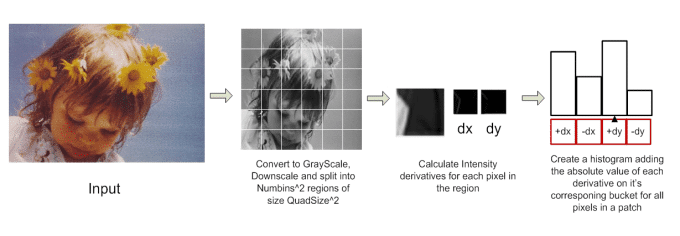Gmail Scan Leading to Man’s Arrest Was Not a Privacy Violation
Bohs Hansen / 10 years ago

The news from earlier this week, where the scanning of a man’s Gmail account had led to his arrest for child abuse and pornography, sparked quiet the stir in the on-line community. Big brother is watching you and other conspiracy theories started to flourish, as so often when Google is in the news.
Even with the normal mail scanning by Google used to provide you with the most likely ads you’d click, there isn’t any real person sitting somewhere reading your mails and are watching your photos. These are all fully automated systems that work on their own. Looking for keywords to match up an advertisement for you.
But it wasn’t even that system that was in use here, neither was it some big NSA sponsored “tag all crimes” script. Google used an automated PhotoDNA process designed specific to detect child abuse images.
The most used PhotoDNA system is created by Microsoft and converts an image into a common black-and-white format before uni-forming the size. The technology then divides the image into squares and assigns a numerical value that represents the unique shading found within each square. Combining those gets you the “PhotoDNA signature” of an image file. That unique signature can then be used in comparison with other images.

The technology grew out of a partnership between Microsoft, the National Center for Missing and Exploited Children (NCMEC) and Dartmouth College. In 2009, Microsoft donated PhotoDNA to NCMEC to aid in the fight against child exploitation.
Microsoft today uses the technology on Bing, Outlook.com and its cloud storage service to identify child abuse images and stop them from being redistributed on-line. When there is a signature match, it is also reported to the NCMEC and Child Exploitation and Online Protection Centre (CEOP). In 2012 a partnership with law enforcement agencies was begun, to integrate the system into theirs as well.
However, in this particular case of the Houston arrest, PhotoDNA was not involved, although from what we’re hearing, something similar was. The above however explains how the system works.
Like with everything, Google has its own hashing technology which is uses to detect sexual abuse images. Google, Microsoft and other technology companies however share technology like this to combat this sort of illegal activity. PhotoDNA may not have been the one to find it in this case, it is what laid the foundation for the technology used.
So it is important to remember that Google isn’t playing law and order inside your inbox, it is an automated detection system that looks specifically for child pornography and is part of a large international effort to remove this filth from the internet.
Thank you TechCrunch for providing us with this information
Images courtesy of TechCrunch and Google



















